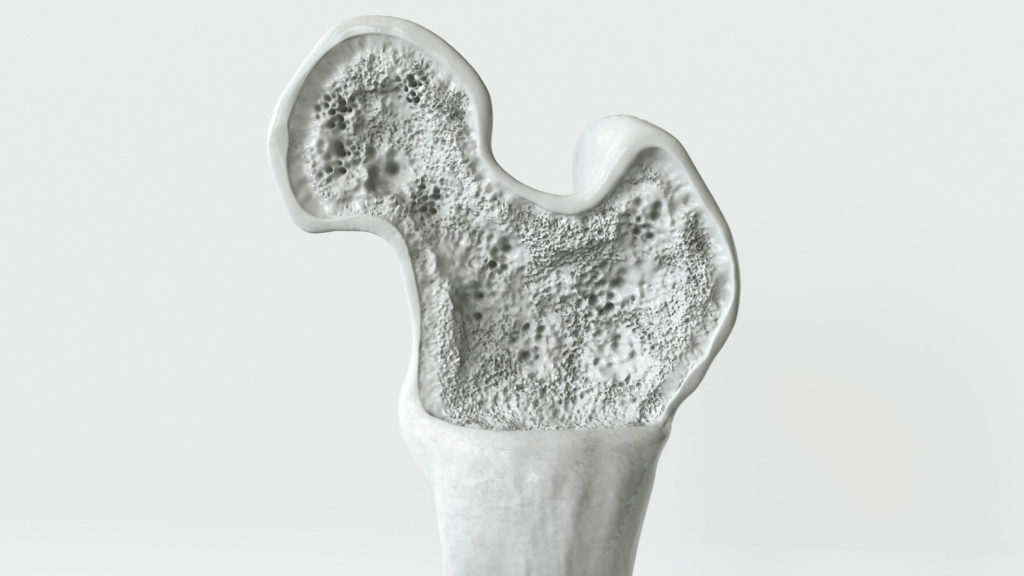
Many people think that isn’t something you only need to worry about until you get older. Unfortunately, that is the worst time to think about it because it is likely going to be too late. It is important to take steps now to prevent osteoporosis and protect your bone health. Dr. Budler treats patients with spinal compression fractures that develop as a complication of osteoporosis with kyphoplasty, a minimally invasive spinal repair procedure.
What is Osteoporosis and Who’s At Risk?
Osteoporosis is and condition in which the bones become brittle when bone tissue is depleted. Osteoporosis can be caused by changes in hormones, like those that happen during menopause, or a lack of calcium and other bone strengthening nutrients. Over 10 million people have osteoporosis, but women over the age of 50 are at the greatest risk for developing the condition. It is estimated that 1 in 5 women in this demographic will develop this bone disease. Men over the age of 70 are at risk of developing osteoporosis, but men younger than 70 can develop this condition if they certain risk factors.
What Are the Risk Factors for Osteoporosis?
Are you wondering if you’ll be that 1 in 5 that gets osteoporosis? There are some risk factors to remember that contribute to developing the disease. These risk factors can be controlled, like being underweight, poor diet, using tobacco, and consuming alcohol. Other osteoporosis risk factors cannot be controlled, like age. Knowing your risk factors can help you combat the condition and protect your bones.
Take the Test
Patients concerned about their risk of developing osteoporosis should talk to their doctor about being tested for the condition. The test for osteoporosis is known as a bone mineral density test. The body is scanned with a special type of X-ray to assess bone health. The bone mineral density test can help a determine which treatment an osteoporosis patient needs. The bone mineral density test is painless.
There are small, portable bone density testing devices that measure bone density of the heal. These devices, called bone densitometers, are often used at health fairs or pharmacies. Bone densitometers are not a good way to gauge bone density, however.
How Serious is Osteoporosis?
Osteoporosis is a disease that develops slowly- and symptoms may not even be noticeable. Although it is a slowly progressing disease, osteoporosis can cause problems in a big way. Most patients do not know they have osteoporosis until a serious event, like a fall. Osteoporosis is responsible for the majority of spinal compression fractures in the United States and is the leading cause of broken bones in senior adult patients. Spinal compression fractures lead to a condition called kyphosis, or spinal curvature. Kyphosis and spinal compression fractures can make walking and standing difficult and painful for many patients. These conditions can also put pressure on the nerves that control bladder and bowel function, leaving patients with urinary and fecal incontinence. Serious cases of osteoporosis leave patients at risk of fracture with any movement- forcing them to be bedridden.
If you have spinal compression fractures as a result of osteoporosis, call Advanced Radiology today at 855.201.1519 to schedule a consultation about kyphoplasty today.
